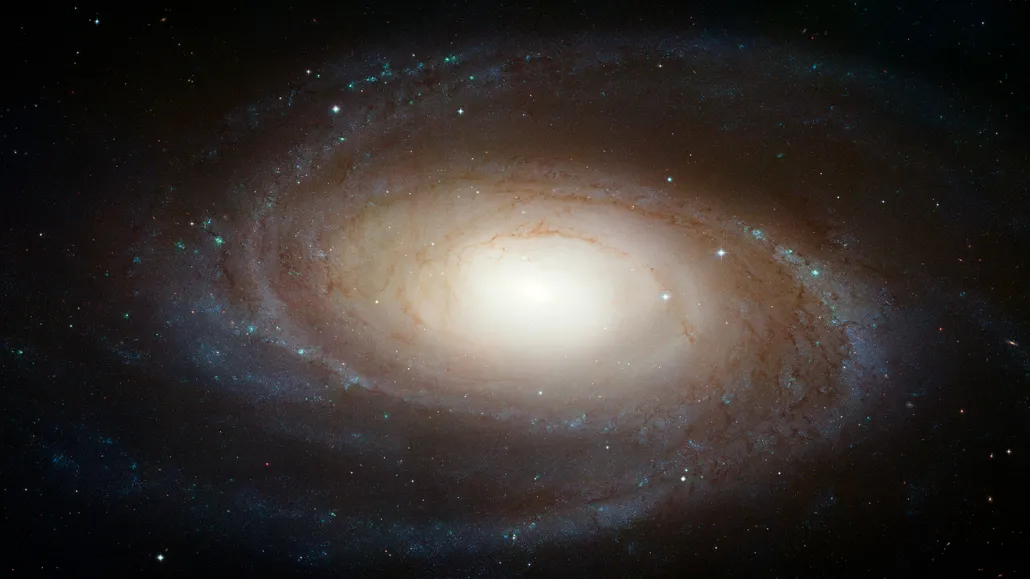Seven newfound dwarf galaxies sit on just one side of a larger galaxy
The satellites should surround the larger galaxy, but they don’t

Several newfound satellite galaxies have a lopsided distribution around what theory expects their host galaxy to be, M81 (pictured).
NASA, ESA and the Hubble Heritage Team/STScI/AURA